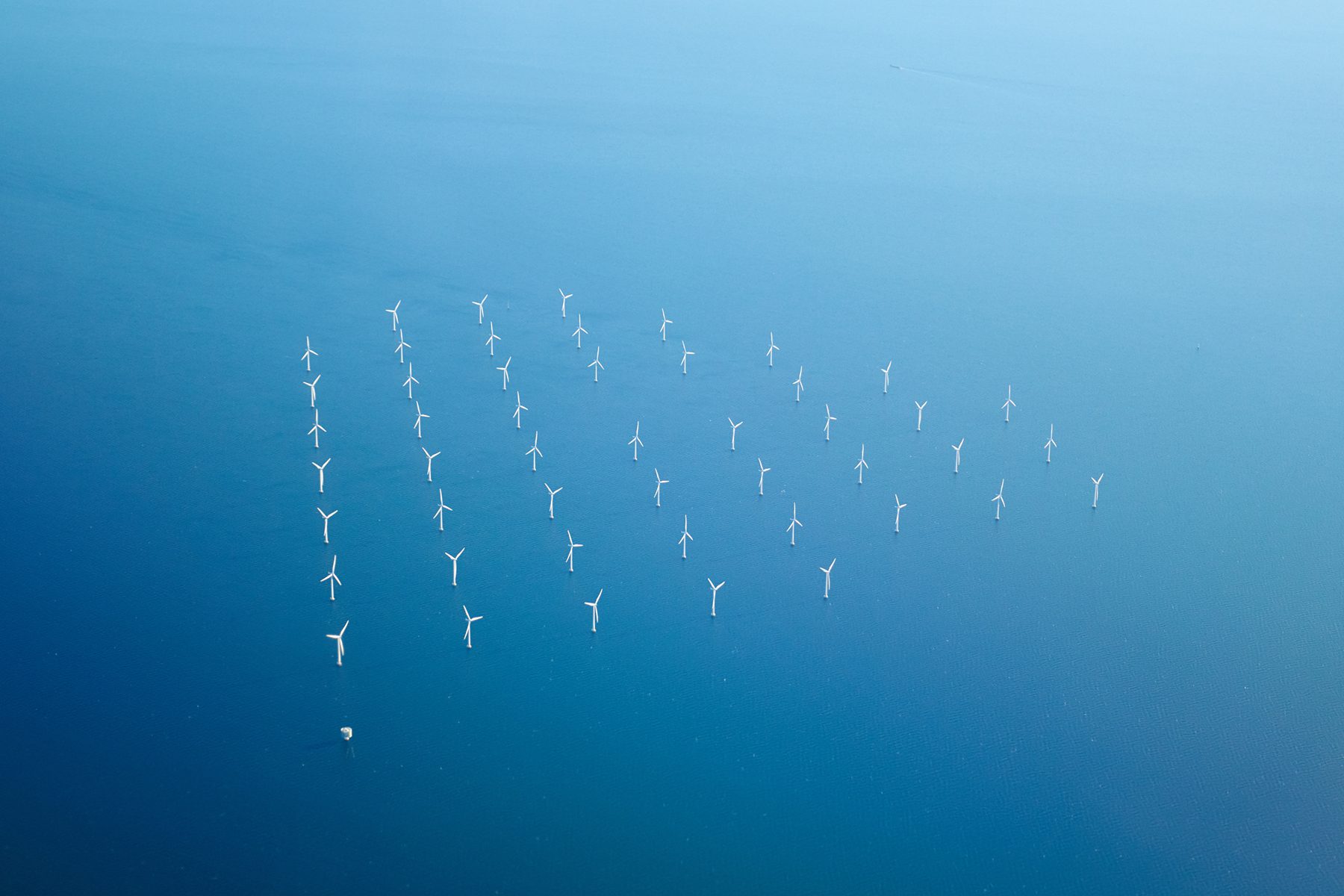Research topics
Research @ ForWind
ForWind is working on the important questions concerning wind energy research in numerous research projects. The scientific spectrum ranges from meteorology and materials research to the integration of wind power into the electrical grid.
How can the turbulence in the wake of wind turbines be recorded as accurately as possible? What loads act on the support structures of offshore wind turbines? What opportunities does wind power offer for a decentralized energy supply in the future?
Resource wind
The resource wind as “fuel” of wind energy determines the energy yield of a turbine and influences its lifetime. ForWind conducts research to predict wind conditions for wind farms and regions as accurately as possible.
Turbulence
The interactions between land or water surfaces and the lower atmospheric boundary layer have a major influence on properties of the wind. ForWind analyzes the wind fields, but also the turbulence generated in the wake of wind turbines and its influence on neighboring turbines in the wind farm.
Machine and rotor
The mechanics and electrics of wind turbines are an important field of research at ForWind. Based on stochastic analyses, ForWind has developed a novel method for determining power curves.
Support structures
In the field of main support structures, i.e. the foundation and tower of a plant as well as their connecting parts, efficient use of materials and monitoring concepts are the focus of research. ForWind is working on reliable lifetime predictions, friction-locked connections and intelligent approaches to turbine monitoring.
Offshore wind energy
Future offshore wind turbines will be over 300 meters in total height with rotors over 280 meters in diameter. Thus, they are subject to little known impacts and conditions that can form at altitudes of over a hundred meters.
Production engineering
In the manufacture of products made of fiber-reinforced plastic composites(FRP), positioning accuracy or reproducibility when depositing the reinforcing textile semi-finished products or fiber bundles is a decisive quality criterion for the properties of the entire subsequent component.
Grid
The optimal integration of the generated wind energy into the electrical grid requires new storage concepts and requires an accurate prediction of the power to be fed into the grid. ForWind conducts research in the field of wind power prediction and further develops existing methods.

Recycling
According to the current state of the art, approximately 90% of the material (based on the total mass of the turbine) can be fed into an orderly recycling process when wind turbines are dismantled. In Germany, many first-generation plants will be facing dismantling in the next few years.

Repowering
The aim of our research in the field of repowering is to develop optimal strategies for the subsequent use of older wind turbines. These should consider both technical and business aspects from different perspectives.







